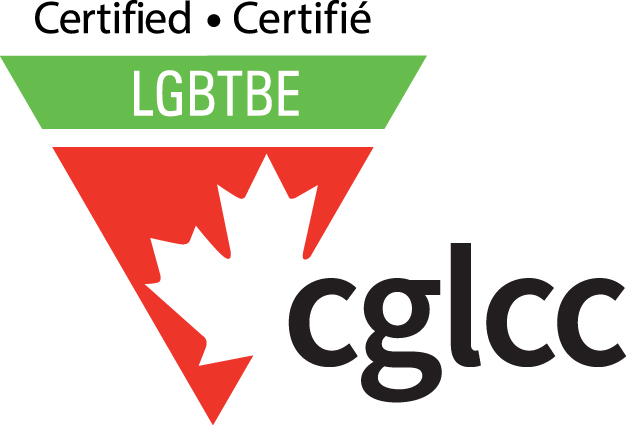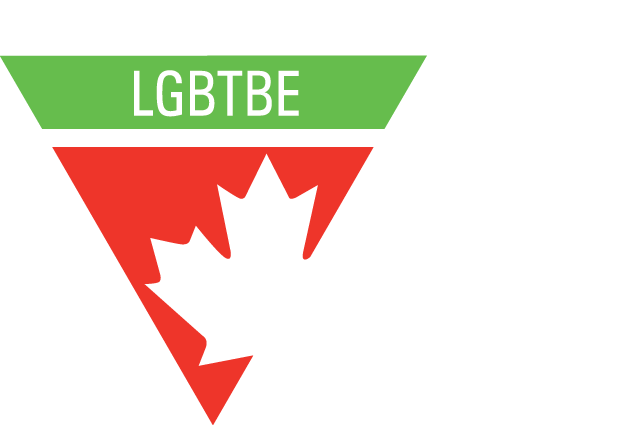
Diversity, equity, and inclusion have been buzz words for at least the last decade – longer depending on who you ask. Frequent examples of a racism, sexism, or ageism (to name only a few of the ‘isms’) in the media have shown us what happens when DEI isn’t a business priority or a strategic imperative. Over the past few weeks in Canada, we have seen our own example play out.
Diversity in the Newsroom: Jeanne Bourgault, President and CEO of Internews, states that “[m]aintaining diversity in the newsroom, and providing inclusive content is imperative for the longevity of any media platform.”
More diverse and inclusive newsrooms can provide better representation of society, build audience trust, and even make news organizations more profitable. News outlets that do not actively make diversity in the newsroom and inclusion a priority could face a decline in both viewership and profits.
Diversity in the newsroom is no exception: according to a 2016 Pew Research Center analysis, “just 23% of newsroom employees were people of color, while 61% of newsroom employees were men”. Having a diverse workforce bodes well for producing accurate and well-reported news content. The world is becoming more diverse, and it is a newsroom’s responsibility to reflect this – failure to do so can result in news outlets becoming immaterial.
Furthermore, the rise of user-generated news platforms, for that matter, anyone with a smartphone, often outperform traditional outlets in attracting new audiences. Audiences are drawn to user-generated news platforms because the content reflects their own experiences and perspectives.
To reflect society, the make-up of a newsroom must include journalists from different cultures, religions, and genders. Audiences are aware: outlets need to remove their biases, and objectively report on stories that explore perspectives different from their own. This lack of knowledge or unconscious bias can lead journalists to produce culturally insensitive and inaccurate reports.
Bell Media’s Fumble: being diverse and inclusive is not only about who is in the newsroom, but how they are treated. In Canada, we have witnessed national outrage over the firing of Lisa LaFlamme – a sentiment that has now been shared around the world. Bell Media reported they wanted to take CTV News in a “different direction”, however it seems that ‘direction’ was away from a woman with grey hair. I will say, that ‘woman with grey hair’ is also my father’s partner making my outrage at the situation both professional and personal.
For the past two weeks we have seen Bell Media fumble their way through the public and internal backlash which reeks of the need for a strategy, or at least a communications plan to manage such a high-profile situation. The public noticed that Lisa was treated differently than her male peers and so did companies – Wendy’s, Dove and Sports Illustrated have all come out to support women going grey #keepthegrey.
Business decisions aside – the way you treat your employees reflects the value you place on them. Bell Media has been called out for terminating an employee for what are alleged to be sexist and ageist reasons, and for the mismanagement of the entire situation. This is exactly the point where we see the business value of a solid DEI strategy.
Bell Media is not an outlier. Another example is found with the Guardian. They ran into trouble and were forced to issue an apology for mistakenly using a picture of UK rapper Kano when referring to Wiley. Wiley, at the time, was under scrutiny for his anti-Semitic comments. Even though the newspaper claimed this was an “honest mistake”, it started an online conversation regarding the lack of diversity in the Guardian’s newsroom. Journalists from minority groups expressed that had there been a more diverse newsroom this blunder would have been caught before the paper was published.
In popular culture, be it in film, television, advertising or on the streaming services, and on the countless 24-hour news channels; each is a product of those wielding the power. A direct reflection of a narrow point of view. The people who are “calling the shots” are the same ones who decide on who is cast or what story is followed. These individuals are generally more concerned with ratings and revenues than optics and principals.
Traditionally, these individuals were affluent, middle aged, white men, completely disconnected from the new world reality – but media and entertainment companies today are increasingly recognizing the importance and challenge of closing the gap between intention and action on fostering diversity and inclusion.
In the aftermath of civil unrest, which followed the murder of George Floyd, businesses were criticized for failing to act appropriately or failing to act at all.
Ironically, when Russia invaded the Ukraine, these same businesses who failed to act when George Floyd’s murder was aired on TV, stumbled over one another to pull their assets out of Russia whilst making a point to let everyone know that they had acted swiftly and decisively in protest to the Russian onslaught.
What is becoming clear is society is no longer turning a blind eye to companies that do not act. It does so with its pocketbook by boycotting brands, through the media by marching and protesting outside corporate head offices or stores, by humiliating leaders, and through their new weapon of choice, social media. Publicly traded companies agonize over and fear any actions, comments, or stories posted on social media, especially those that take on a life of their own by going viral circumventing the planet in the blink of an eye, all of which can have an adverse effect on stock prices, to the displeasure of their stakeholders. Today, there are entire departments dedicated solely to monitoring the chatter and noise on all these outlets.
The World Economic Forum-Accenture paper on The State of Diverse Representation in Media and Entertainment asserts that “[o]rganizations not only have a social responsibility to represent the consumers of their content, but by doing so also stand to gain significant financial benefits.”
Diversity, equity, and inclusion should be considered as a business imperative: companies failing to understand and take action on DEI risk damage to their reputations, bottom lines, and attractiveness as an employer.














Recent Comments